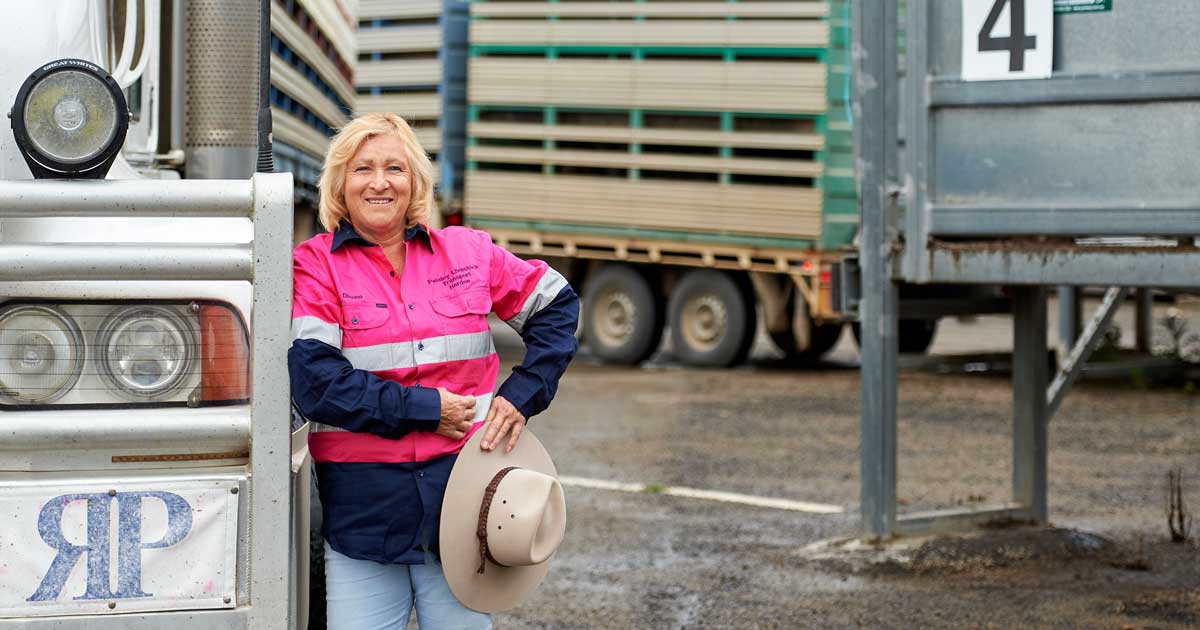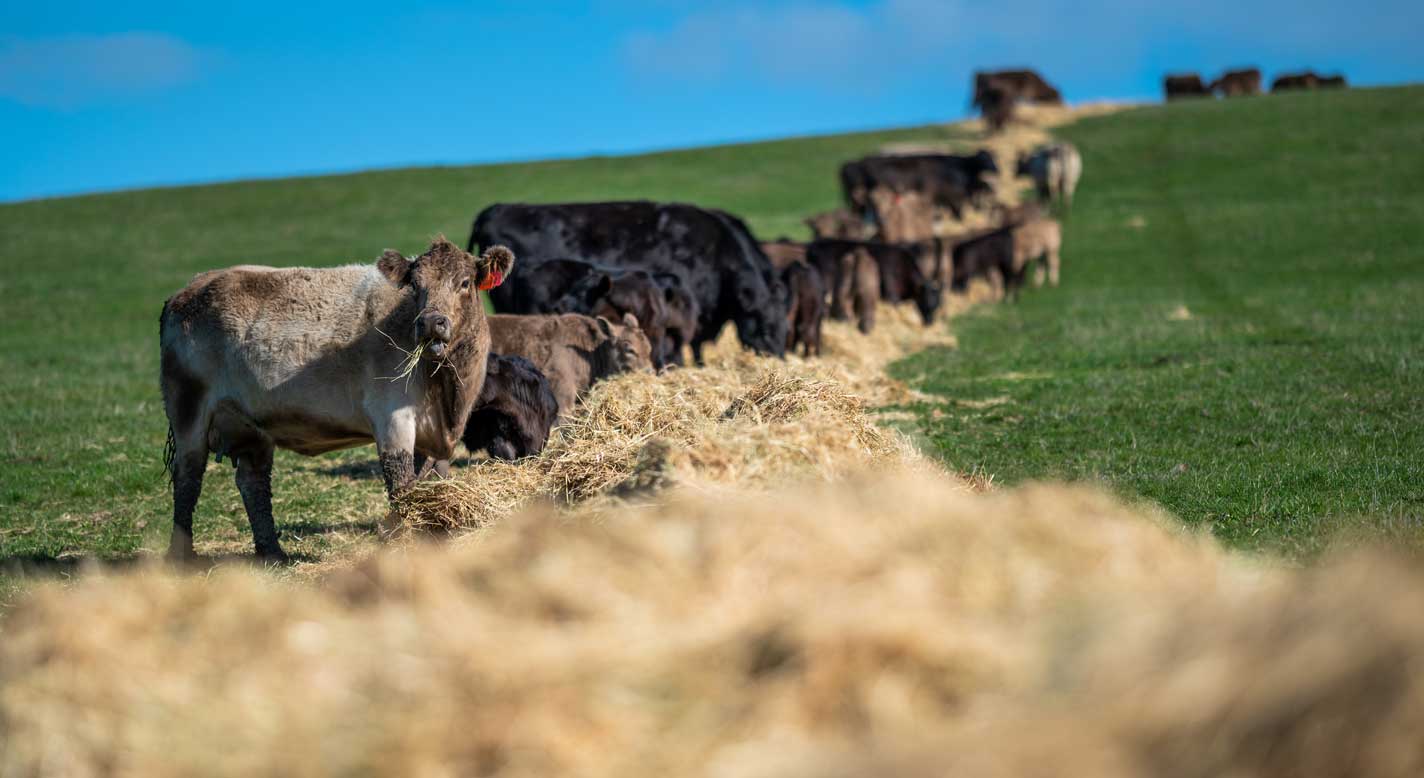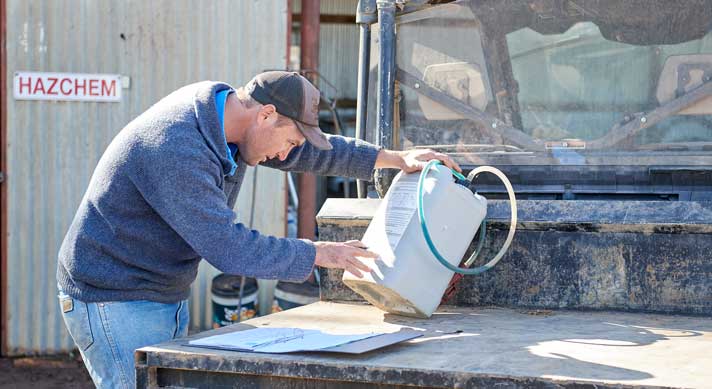Animal welfare commitments
06 December 2022
-Min Read
Livestock health and wellbeing is fundamental to the success and sustainability of every farm – it’s also critical to upholding Australia’s high standards of food safety and quality. Red meat producers have a responsibility to meet their animal welfare obligations for their livestock, consumers, and their enterprises.


